Designing a modbus master using a STM32F030CCT6 and a SN75HVD10 (3.3V).
When i send the following message from the UART: 01 03 00 00 00 06 c5 c8
I see the following scopes (top is A, and the bottom is B).

However when sending the same message using a Raspberry PI (5V) and a RS-485 converter cable the following scopes can be seen:

As you can see, the channels here are reversed. Whats on A using SN75HVD10 is on B using RPi. So i thought to myself, ok, lets switch the cables. But then the microcontroller stops responding and no traces can be seen on the scope.
What can be done do change the "channels". Also, why is not the signal going down to 0V?
